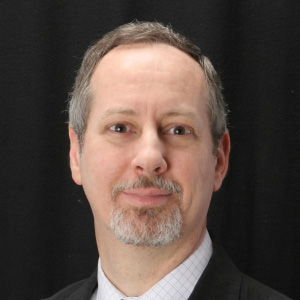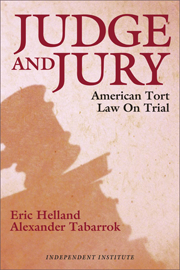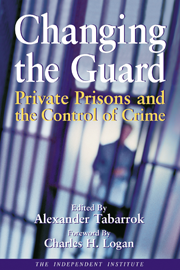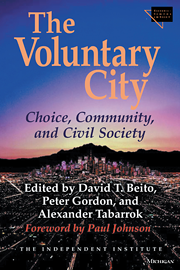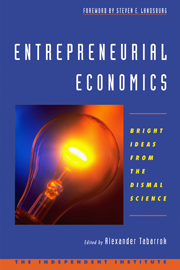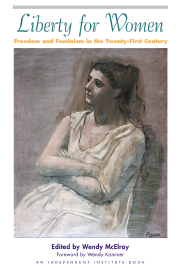There is no more effective social investment than education. Concerned about crime? Young men with a middle class future don’t throw it away by joining a gang. Worried about welfare dependency? Educate a poor child today and not only is that child lifted out of poverty, but so are his children and his children’s children. Worried about inequality and the Internet divide? Education is again the answer.
Yet despite these benefits, private charities donate relatively little to K-12 education.
Free government-schooling lulled charities into thinking that scholarships at the K-12 level were less urgent than at the university level. It has becoming increasingly clear, however, that government schools are the problem -- not the solution. U.S. students perform poorly compared to their peers in other nations and their performance declines the more time they spend in the public schools. Despite large increases in funding, tests results in reading and mathematics over the past thirty years have fallen or stagnated. Saddest of all, government schools fail those who need them most. The inner-city schools are not teaching the skills that are needed to compete in today’s job market. Sometimes the students of these schools don’t even learn to read. University scholarships can’t help students who lack basic skills and they can’t help the twenty-six percent of African-Americans who do not finish high school.
Fortunately, charities are beginning to recognize that to be effective, scholarships must come earlier. In 1998, Ted Forstmann and John Walton started the Children’s Scholarship Fund with a $100 million pledge. This Fund provides scholarships to low-income students to attend the private school of their choice.
In 1999, however, the Fund received over one million applications for its 40,000 scholarships. In New York, 29% of eligible students applied for a scholarship, in Washington, D.C. it was 33% and in Baltimore almost half of the eligible students asked for a chance to get out of the public system. The demand for private education is all the more amazing when one recognizes that by design the scholarships pay only about half of the tuition costs.
To help bridge the gap small, private, voucher programs have sprung up in cities throughout the U.S. Miami’s Inner City Angels provides scholarships to 100 students, Denver’s Educational Options for Children supports 57 and in Minneapolis the KidsFirst Scholarship Fund helps 84 students. Closer to home in Alameda and Contra Costa counties, donations from foundations and local firms like Clorox have provided the seed money for the Independent Institute’s Independent Scholarship Fund. Last year, the fund awarded 107 scholarships to low-income students and this year expects to award more than two hundred (This years application deadline is April 28, contact Katherine Shearer at 510-632-1366 for an application or visit www.Independent.org.)
Together these groups are making a difference. Studies show that students at private schools perform better on math and reading tests, take more challenging, academic courses and are more likely to attend college than similar students attending public schools.
The children and their parents have spoken. Millions of them want out of the government schools and they are asking for our help. Charities and philanthropists interested in American society will find few causes with as much power to improve a child’s life today and an adult’s life tomorrow than scholarships for K-12 education.

